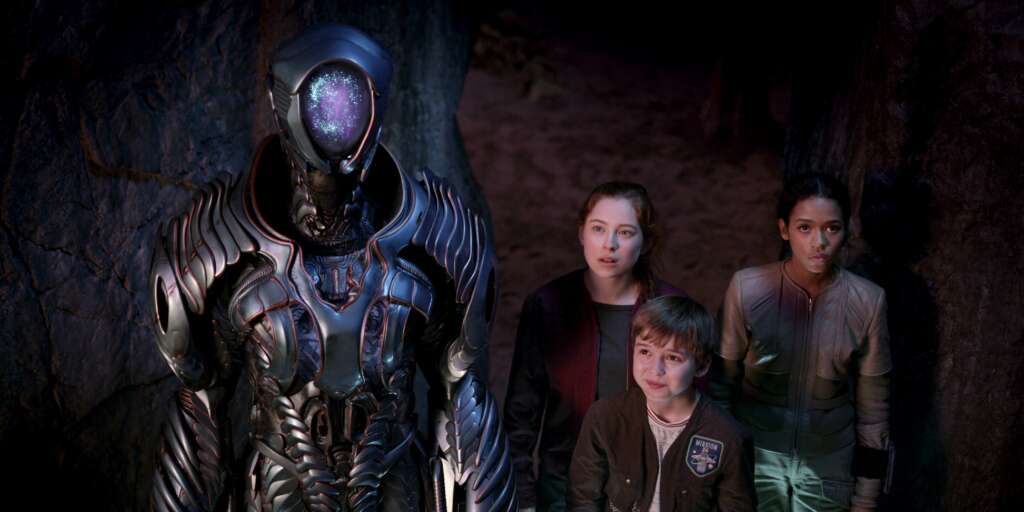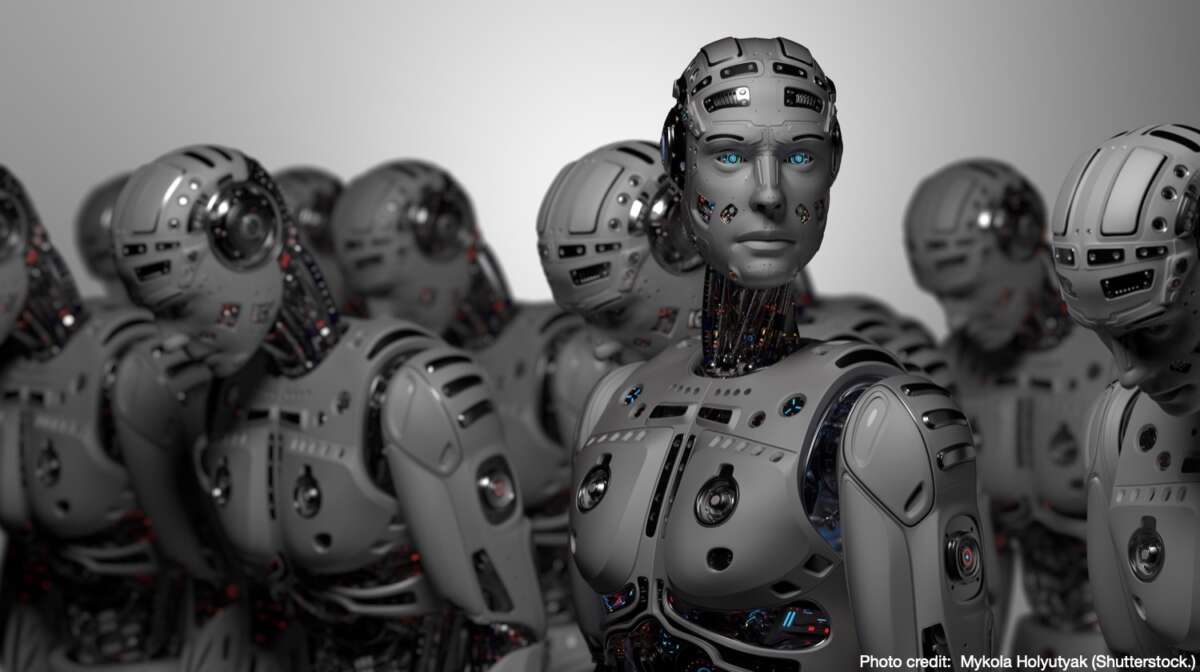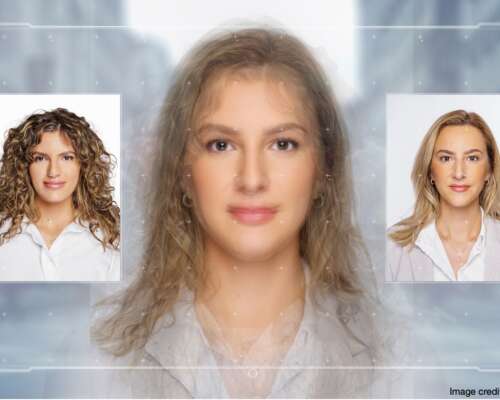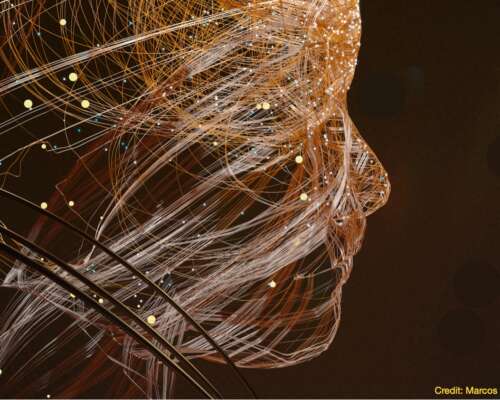The notion of robots has captured the imaginations of our grandparents since the end of World War I when European researchers first applied the use of electricity to try to mechanize machines. Soon, a menacing looking robot called Tobor appeared on television and in the movies (Tobor is the word “robot” spelled backwards.) Before long, there was the clumsy machine that was introduced in the sixties in Lost in Space. This robot was not capable of very much except to flail its arms around aimlessly and its vocabulary was limited to “Danger! Will Robinson!” plus a few more words on special occasions.
The earliest robots in literature

But actually, we must go back thirty centuries or more to find the first examples of these machines, made, not born. In this case, made in the forges of Hephaestus, the Greek god of blacksmiths, metalworking, fire, and artisans to name just a few persona. Hephaestus was crippled and rejected by his mother and his wife, but still he was capable—according to myth—of making numerous lifelike inventions (including robots) which were the envy of the others on Mt Olympus. Some of his more famous robots include Talos, Pandora, and the giant eagle that tortured Prometheus.
Robots today have been around for almost half of a century. They have been used to perform tedious, difficult or dangerous jobs that might present hazards for workers, such as fastening wheels to new automobile chassis. Robots are also used for arc and spot welding, cutting, grinding, polishing or painting metal and so on. These sorts of robots consist of a mechanical arm or such, with no need for legs, a torso or a head. The company iRobot which sells Roomba vacuum cleaners sells two million units a year based on sales during the last two decades. These disk-shaped robots have the circumference of a large dinner plate and are available off-the-shelf at Cosco and Target as well as BestBuy and elsewhere. My wife and I have used a Roomba for the past three years, and it does a fairly good job when it isn’t getting caught on a chair leg or scaring the dog. One can easily measure its effectiveness by the amount of debris in its dustbin. When the Roomba’s battery drains to a certain level, it automatically locates the charging station, glides itself over to it and “plugs” itself back in.

Slowly but surely, robots are becoming more human like in appearance. However, the engineering principle “form follows function” still takes precedence and most companies see no hurry to make robots that are cosmetically appealing or sexy. However, there are a few as you can see below.
As a result of the of the pandemic, I expect some corporations will be working (if not already) on robots that can provide nursing care to patients in isolation. Already robots are being used disinfect hospital rooms, deliver meals and medicines to patients and take infectious specimens to the laboratory. Other industrial robots may be used in nuclear power plants to monitor radiation levels in “hot” zones, and a hundreds or so are employed each month in the Russian war against Ukraine, whether in the air as drones, in and under the water as submersibles, as rockets, minesweepers and so on.
Definitions
What is the difference between humanoid robots and androids?
“One usually distinguishes between humanoids, which are robots with human form (Brooks et al., 1998; Hirai et al., 1998; Metta et al., 2008), but which still look like machines, and androids (Ishiguro, 2016), which are robots that are made to resemble a human as much as possible.”
There are also Gemini’s. According to National Geographic magazine:
“A Geminoid is a special type of android that doesn’t just broadly resemble a human; it is meant to look like a specific person. The word “Geminoid” comes from the Latin word geminus, which means twin—geminoid literally means “like a twin.” If you had a Geminoid, it would look just like you.”
And as mentioned above, a robot may be nothing more than a mechanical arm.
See also here.
Today, androids can look amazing real. But there are certain “give-a-ways” if you watch and listen to an android long enough. Often they do not blink their eyes, though eventually they may be programmed to do so. Nor do they breathe, but that purposeless function can eventually be added as well. There are also a limited number of hand gestures, facial expressions and so on, and very few if any defining lines (i.e. wrinkles) on the face.
Ethics involved with Robots
There are two types of ethics involved here. How we as humans treat robots and how they in return must treat us. A few years ago, Boston Dynamics showed the ability of its premier, two-legged robot called Atlas in a video. It wanted to demonstrate the abilities of this invention, so they showed a workmen with a pole making it difficult for the robot to pick something up. Then, the pole was used to strike the robot in an attempt to topple it, to demonstrate how Atlas could stand up by itself. However, to me, it seemed like the robot was being “mistreated” and I found the video to be objectionable. Some people would strongly object, saying that kicking a robot is no different than kicking the tire on your car. But what if androids became more and more human-like, and we created a caste of android slaves. How could we live with that? As an example, check out Channel 4’s televison series “Humans” available on Amazon Prime.
Asimov’s three laws
According to Isaac Asimov, there are three laws that apply to robots:
- Law One – “A robot may not injure a human being or, through inaction, allow a human being to come to harm.”
- Law Two – “A robot must obey orders given to it by human beings except where such orders would conflict with the First Law.”
- Law Three – “A robot must protect its own existence as long as such protection does not conflict with the First or Second Law.“
Of course, Asimov was just a science fiction writer who made these principles up to support a plotline in one of his books. But they’ve been widely adopted, at least for the purpose of discussion, though the U.S. Department of Defense and America’s allies have other ideas.
For example, the Republic of Korea (South Korea) has deployed Samsung SGR-A1 Security Guard Robots along the Demilitarized Zone between South Korea and North Korea. The SGR-A1 is a Lethal, Autonomous Weapsons System (LAWS) that can, without human interaction, destroy other humans. This is the objective of the machine. It is pointed in a direction where no person has a legal right to be (that is, in the direction of North Korea), so any intruder is presumed to be hostile:
“The system uses its voice recognition to identify approaching persons. If the intruder is unable to provide the necessary access code when at a distance of ten meters, the Samsung SGR-A1 can either sound an alarm, fire rubber bullets or make use of its Daewoo K3 5,56mm machine gun.”
Robots are setting speed records (current 100 meters in 24.73 seconds) and records in terms of how much they can lift. According to Guinness:
“The strongest industrial robot arm is the M-2000iA/2300 Super Heavy Payload Robot made by the Fanuc Corporation (JPN). It is a six-axis robotic arm which can pick up and move objects weighing as much as 2,300 kg (5,070 lb).”
Other examples of life or death decisionmaking
The Massachusetts Institute of Technology examines the moral and ethical implications involved in programming robots. For example, in the instance of driverless cars, a robot must choose between the deaths of two motorists against the deaths of five pedestrians. How will the robot be programmed to choose (How would you decide?)
Are robots safe?
How many Americans have been injured or killed by robots? In the twenty-five year period ending in 2017, “sixty-one robot-related injuries and deaths were reported in the US. The vast majority of them were caused by industrial robots.” The first human killed by a robot was Robert Williams [as he] scaled a storage rack at the Ford Motor Company’s Flat Rock Casting Plant. He was crushed to death in 1979 by a robot in a workplace accident due to a “programming error.” It may have been in part becaure the robot could not distinguish a human worker from some other inanimate object. However, and to date, there are no workplace safety standards dealing with robots. There are other documented cases of injury or death here.
Do robots have certain “rights?”
Christians believe that people were made in the image of God. In whose image then were androids made if not that of people, Christianity Today magazine asks?
The European Union has been wrestling with some sort of electronic personhood for the last six years. Ashley Morgan of the law firm Osborne Clarke hypothesizes:
“If I create a robot, and that robot creates something that could be patented, should I own that patent or should the robot? If I sell the robot, should the intellectual property it has developed go with it? These are not easy questions to answer, and that goes right to the heart of this debate.”
In the meantime, certain benchmarks have been proposed:
- The creation of a European agency for robotics and AI;
- A legal definition of “smart autonomous robots”, with a system of registration of the most advanced of them;
- An advisory code of conduct for robotics engineers aimed at guiding the ethical design, production and use of robots;
- A new reporting structure for companies requiring them to report the contribution of robotics and AI to the economic results of a company for the purpose of taxation and social security contributions
- A new mandatory insurance scheme for companies to cover damage caused by their robots.

What is the answer to the question then “can we trust robots?” The answer is complicated and it depends on who has programmed the robot. Another factor is the degree of autonomy that the robot has to make decisions independent of the humans. But as the science of robots progresses and they become more intelligent and intuitive, the answer to this question becomes increasingly more difficult.



